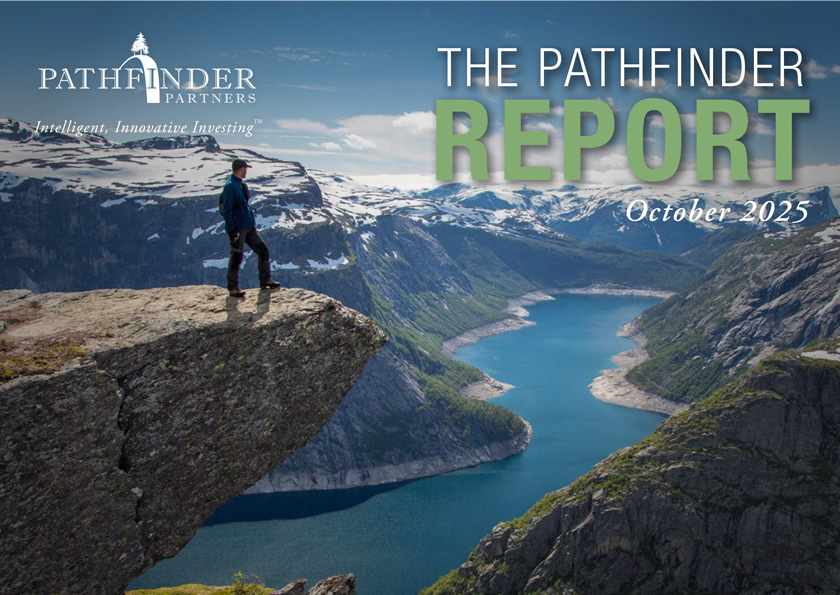Zeitgeist - News Highlights
A Multifamily Momentum Shift
According to recent reports from CBRE and CoStar, the U.S. multifamily investment market is transitioning from correction to recovery, with meaningful rebounds in transaction activity, values and investor sentiment. CBRE reports multifamily investment volume in the first half of 2025 at $63.6 billion, up 2% year-over-year. (And if you exclude Blackstone’s 2024 acquisition of AIR Communities, the increase was 22%.) CoStar data indicates apartment prices bottomed in March 2024, about 27% below the 2022 peak, and their value-weighted multifamily index shows prices have increased about 3% since then. Trailing 12-month sales volume was up 17% year-over-year in the second quarter of 2025, following a 43% surge in the prior quarter, signaling a renewed capital flow into the sector.
But CBRE’s data also emphasized the kick-the-can mentality of many multifamily lenders (primarily non-regulated financial institutions – aka “debt funds”), reporting that 84% of last year’s loan maturities were extended, signaling a potential uptick in distressed sales during the next 12 months.
CoStar notes that annual absorption is projected to exceed net deliveries in 2026 for the first time since early 2022 – which indicates demand exceeds supply, marking a key turning point in the current cycle. This shift suggests that pricing power is gradually returning to property owners and rent growth may drive income and values higher. While asset values remain below their 2022 highs, market liquidity is improving and multifamily continues to lead U.S. commercial real estate sectors in both capital allocation and long-term investor preference.
Local Policies, Big Impacts
 When real estate investors enter a new market, they’re not just buying property, in a sense, they’re forming a long-term partnership with the local government. Investors in a new market are likely bullish on its growth and economic opportunities but cautious about the government’s approach toward tenant-friendly regulations and attitudes toward property owners. Often, a government’s actions on zoning, rent control, permitting, taxation and fees become the force that shapes an investment, even more than rent growth or operational efficiencies.
When real estate investors enter a new market, they’re not just buying property, in a sense, they’re forming a long-term partnership with the local government. Investors in a new market are likely bullish on its growth and economic opportunities but cautious about the government’s approach toward tenant-friendly regulations and attitudes toward property owners. Often, a government’s actions on zoning, rent control, permitting, taxation and fees become the force that shapes an investment, even more than rent growth or operational efficiencies.
We’ve seen this dynamic firsthand in several states. In Colorado, recent legislation restricting what owners can charge beyond base rent has added new complexity for operators trying to manage rising costs. In California, legislation imposing rent caps and stricter eviction rules on older buildings has fundamentally reshaped how investors underwrite risk and project long-term performance. While both policies were enacted with good intentions, they illustrate how quickly regulations can alter the investment landscape, often in ways that deter reinvestment (for building improvements) and slow new housing creation (at a time when supply is critically limited). On the flipside, for astute investors, these changes often cause disruption and market inefficiencies, creating new investment opportunities.
The most successful operators learn to look beyond the charm of market fundamentals and study the deeper character of a city and state’s government, particularly its regulatory environment and respect for private enterprise. Real estate investing isn’t just about cap rates, rents and returns – it’s also about understanding the markets you invest in, including their governmental policies and community dynamics.
Share this Article
IN THIS ISSUE
PATHFINDER MULTIFAMILY OPPORTUNITY FUND IX, L.P. AND UPCOMING WEBINARS
CHARTING THE COURSE
Investment Implications of Government Shutdowns and Budget Deficits
FINDING YOUR PATH
The Fed, The Fed, The Fed
ANNOUNCING THE CLOSING OF THE FLETCHER
GUEST FEATURE
Insights from the Corner Office: A Conversation with Mitch Siegler, Pathfinder’s Co-Founder
ZEITGEIST
News Highlights
TRAILBLAZING
Creating Peace of Mind
NOTABLES AND QUOTABLES
Foresight
